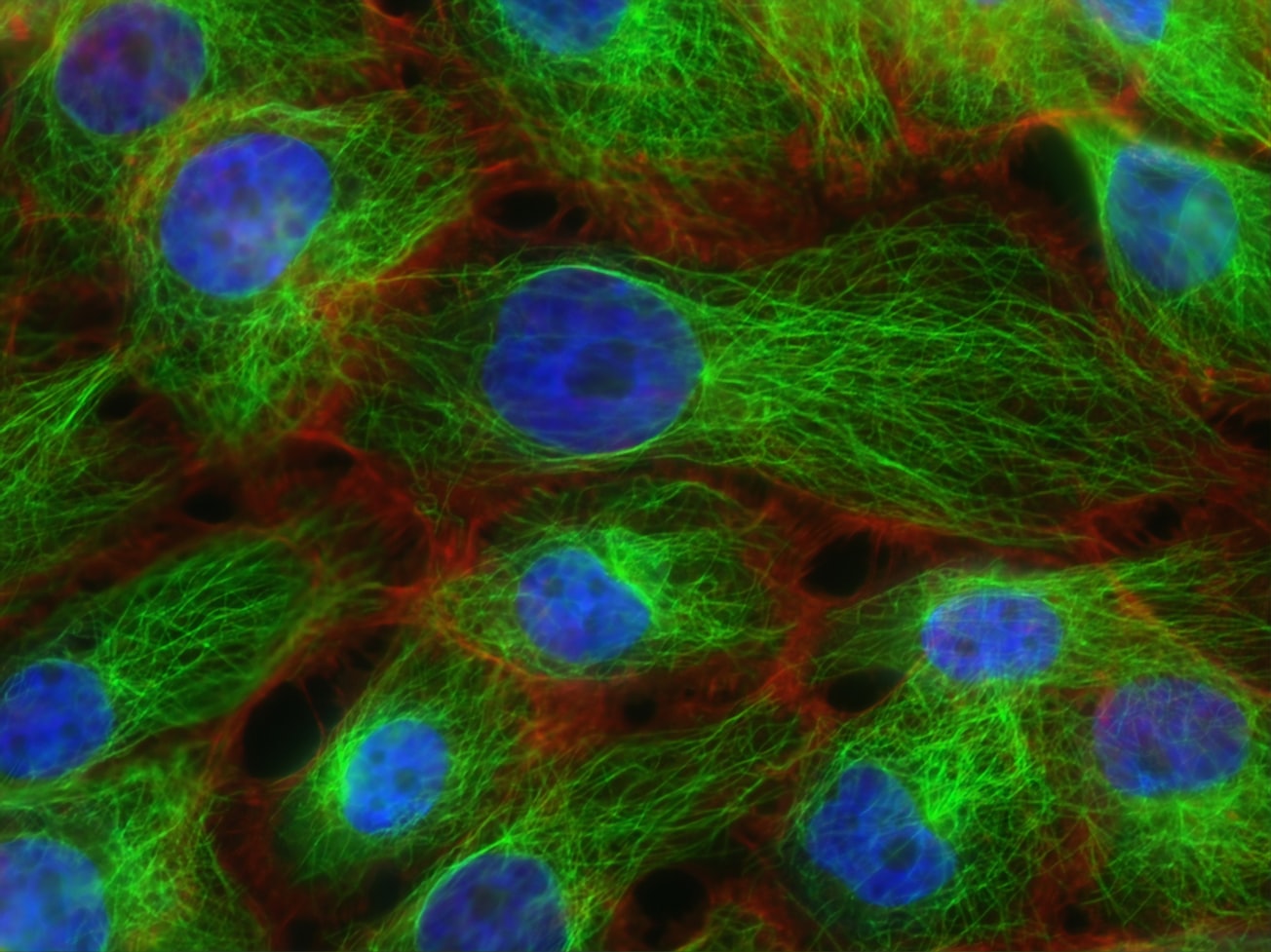What is it about?
This study builds on efforts to understand how keratin 17, an intermediate filament (cytoskeletal) protein, impacts the growth and characteristics of a broad range of epithelial tumors in the human population and in transgenic mouse models of cancer. Experimental data suggest that K17's role is manifested early in the course of tumorigenesis. In this paper we report that the nuclear pool of K17 impacts the repair of DNA damage (various modalities) in a manner that promotes the survival of keratinocytes that experiencing this damage.
Featured Image

Photo by National Cancer Institute on Unsplash
Why is it important?
It defines a new role for an important and prominent protein, namely K17, in the regulation of DNA damage and repair in the genome of skin epithelial cells. It adds to our understanding of the significance of K17's presence in the nucleus. It provides an explanation for two observations that may come across as paradoxical: i) that K17 expression levels correlate with a poor prognosis for a number of carcinomas affecting humans; and ii) that the genetic ablation of the K17 gene attenuates carcinogenesis in several transgenic mouse models of cancer.
Perspectives
This discovery was unanticipated and highlights several areas of interest for follow-up studies. This work involved a sustained and generous collaboration between two postdoctoral fellows (RRN and RPH), two PhD graduate students (JTJ and CMP), and a masters student (JH) in the laboratory. The work was initiated while the Coulombe laboratory was housed at Johns Hopkins University, and was completed at the University of Michigan.
Pierre Coulombe
University of Michigan
Read the Original
This page is a summary of: A role for keratin 17 during DNA damage response and tumor initiation, Proceedings of the National Academy of Sciences, March 2021, Proceedings of the National Academy of Sciences,
DOI: 10.1073/pnas.2020150118.
You can read the full text:
Contributors
The following have contributed to this page







